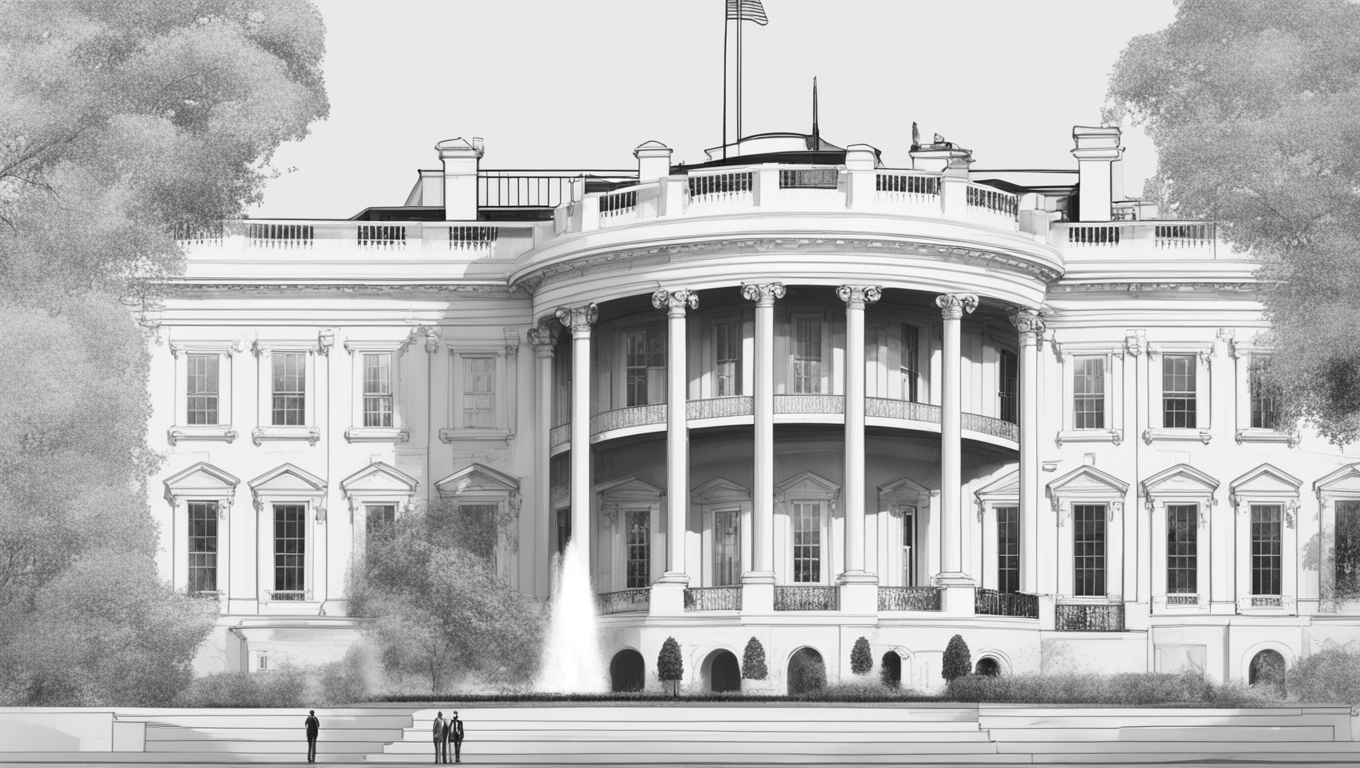The White House is delving into the ongoing debate surrounding open-source versus closed artificial intelligence (AI) systems. Seeking to gather public opinion on the risks and benefits of making key components of AI systems publicly available for use and modification, the Biden administration is addressing a critical aspect of managing the burgeoning technology. With tech companies divided over the level of openness their AI models should possess, views range from concerns about accessibility to AI model components to an emphasis on open science for researchers and startups. Meta Platforms, the parent company of Facebook, and IBM are among the prominent advocates for an open approach.
In October, President Joe Biden signed an executive order aimed at regulating the rapidly evolving technology. The order highlighted the need for further examination of “dual-use foundation models with widely available weights,” referring to open models whose numerical values, or weights, greatly influence AI model performance. When these weights are publicly posted on the internet, the potential benefits to innovation are undeniable. However, there are also substantial security risks, such as the removal of safeguards within the model. Commerce Secretary Gina Raimondo has until July to consult with experts and formulate recommendations on managing the risks and benefits associated with open AI models.
The National Telecommunications and Information Administration (NTIA) within the Commerce Department has now announced a 30-day comment period to gather ideas that will contribute to a report for the president. Alan Davidson, an assistant Commerce secretary and the NTIA’s administrator, expressed optimism about finding solutions that strike a balance between innovation and safety. He acknowledged that the openness of AI systems is not a black-and-white issue, and there are varying degrees of openness to consider.
Davidson’s remarks shed light on the complexity of the open versus closed AI debate. It is not a simple choice between complete accessibility or total restriction. Rather, it is a nuanced exploration of how to maximize innovation while safeguarding against potential risks. This approach recognizes that AI technology holds immense potential for progress but must be harnessed responsibly.
As the discussion over open AI models continues, voices from various sectors will undoubtedly contribute their perspectives on striking the right balance. Understanding the advantages and drawbacks of openness versus closed systems is key to building a comprehensive framework for AI governance. By soliciting public opinion and consulting with experts, the Biden administration aims to make informed decisions that shape the future of AI technology in a manner that benefits society as a whole.
The White House’s initiative reflects the recognition that the AI landscape is constantly evolving, requiring flexible approaches to regulation and innovation. The public comment period and subsequent report will add depth to the ongoing discourse, incorporating a range of viewpoints and ideas. Regardless of the eventual outcome, the focus on examining the risks and benefits demonstrates a commitment to responsible AI development and a desire to create a framework that fosters innovative solutions while prioritizing safety and security.
In the words of Alan Davidson, finding a path that promotes both innovation and safety is possible. Balancing these elements is crucial if we are to navigate the future of AI successfully. As the dialogue unfolds and recommendations are formed, it is essential to embrace the complexity of the issue and work towards collaborative solutions that drive progress while mitigating potential risks. Only through collective effort can we create an AI landscape that truly works for everyone.





Use the share button below if you liked it.